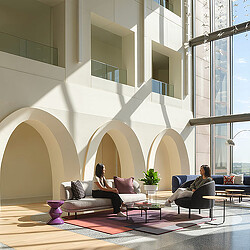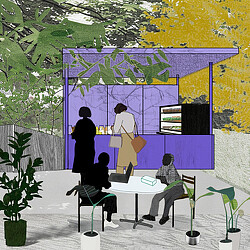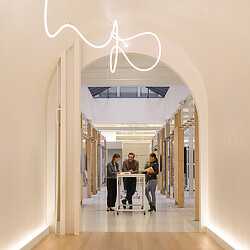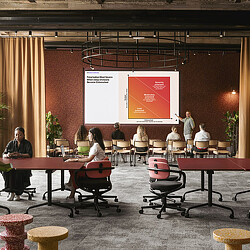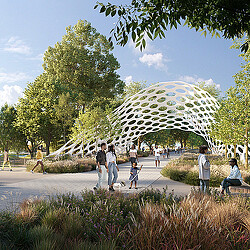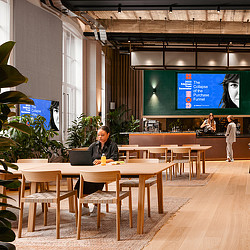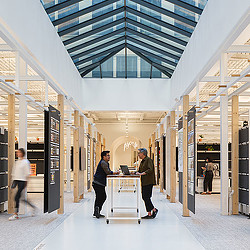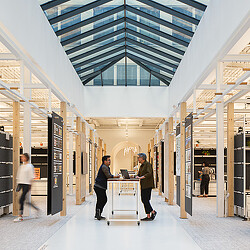Designing Workplaces to Strengthen Connection and Combat Loneliness
The workplace plays a key role in fighting against the growing loneliness epidemic.
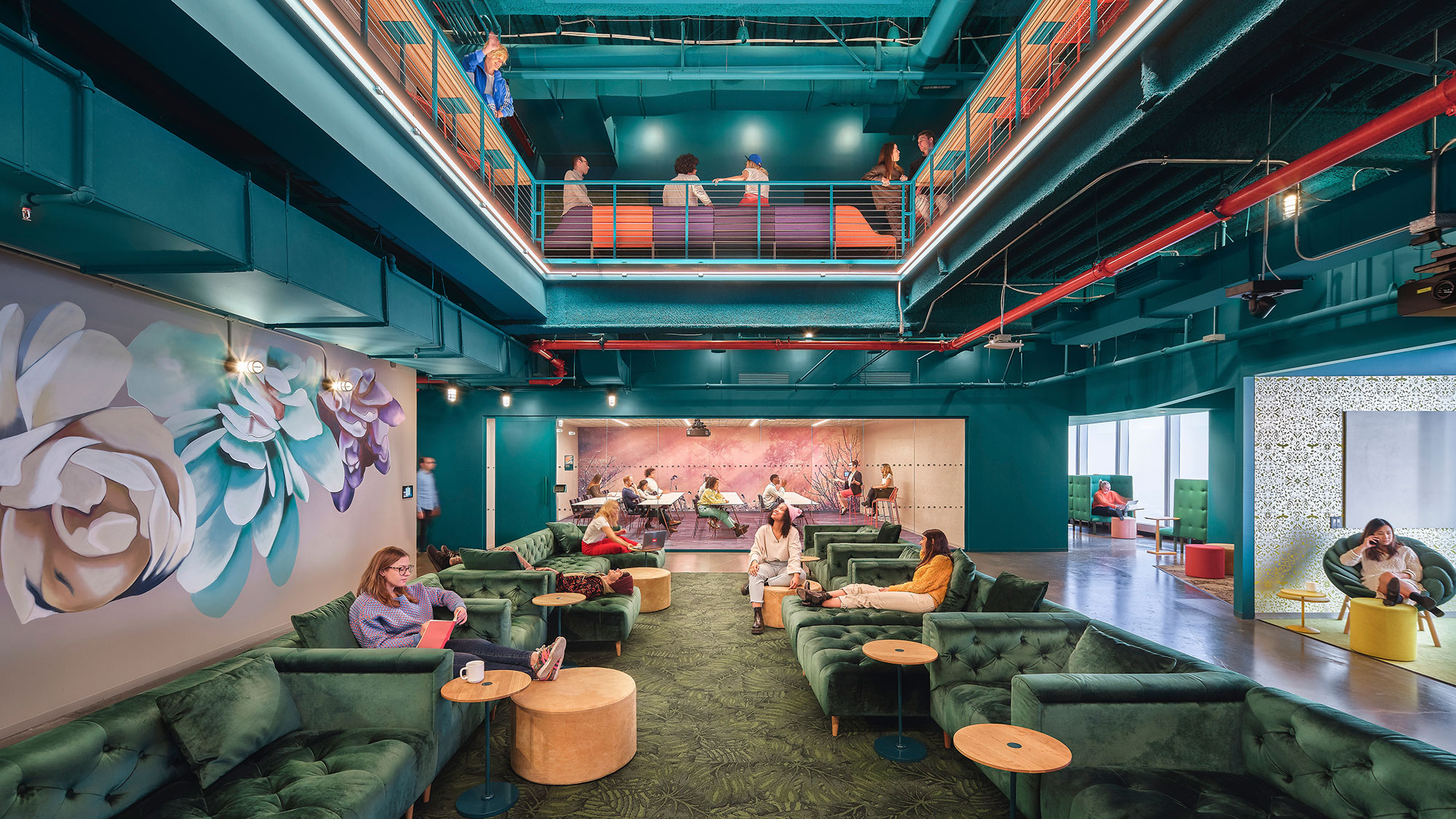
Editor’s note: This article was originally published in Work Design Magazine.
In recent years, loneliness has been identified as a major public health concern. The Surgeon General of the United States calls it an “epidemic,” according to his 2023 General Advisory, since one in two adults report feelings of isolation. The issue is not just about mental health; loneliness affects our physical health as well.
The loneliness epidemic also extends to the workplace, with one in five employees experiencing it daily, per Gallup’s global workplace report. Given that people spend nearly a quarter of their time on the job, we need to think about how the workplace can be reimagined to foster connection, engagement, and even cultivate joy.
Creating Engaging Environments
Thoughtful workplace design goes beyond aesthetics. As designers, we must also address the diverse needs of employees and their well-being to deliver a better workplace experience for them, which in turn leads to more engagement and productivity.
Gensler’s 2024 Workplace survey, highlights the importance of offering various space types in the office to accommodate different work modes, which includes collaborating in person or virtually, learning, socializing, and working alone. Doing so allows employees the autonomy to choose how and where they work, boosting creativity and connection. A great example of this approach is Edelman’s Francis House in London, which did away with rigid floor plans for a more people-focused, free-flowing model.
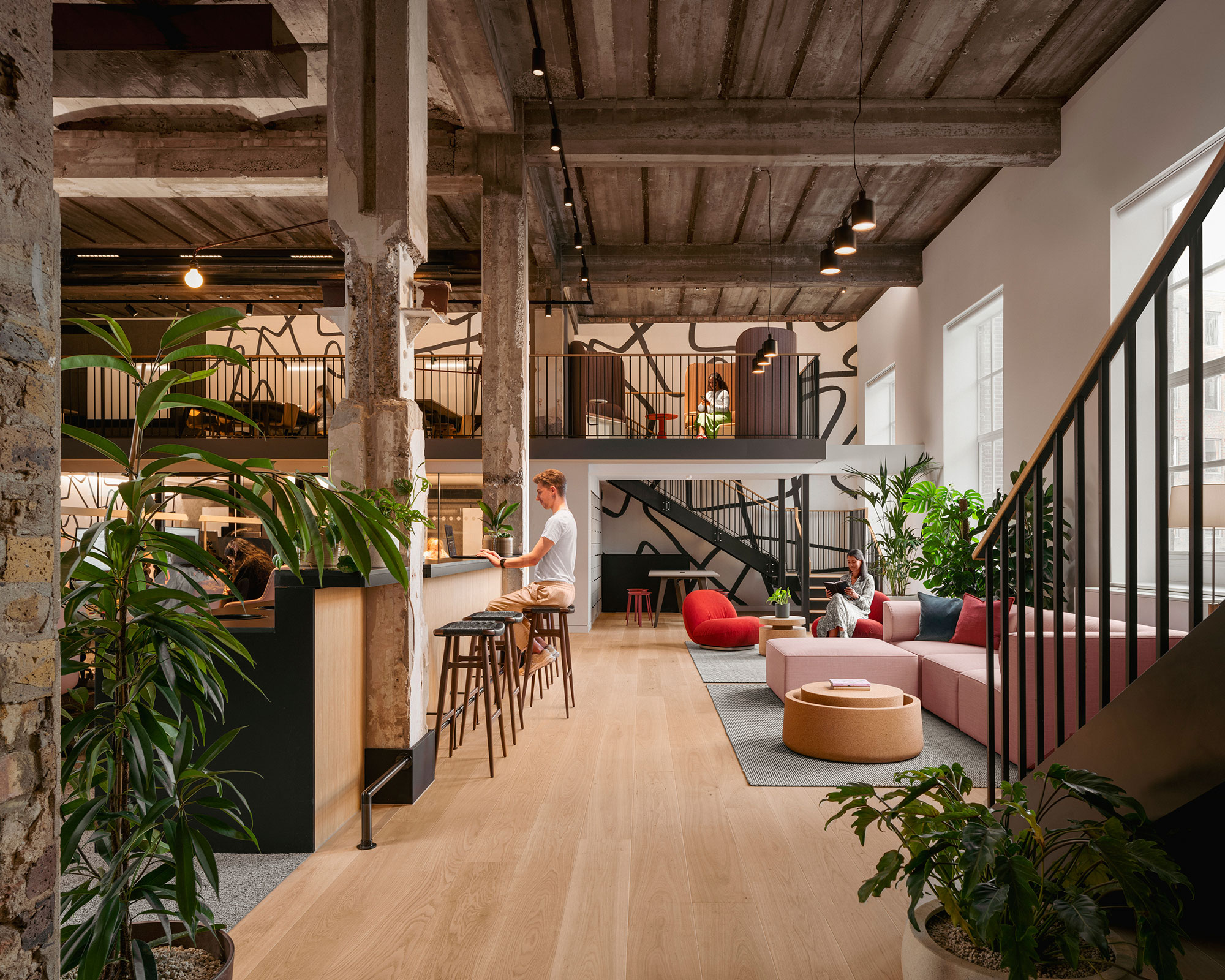
Bringing Joy to the Workplace
Designing a joyful work environment is more complex because it requires improvements to company policy and the built environment. While pizza parties and cafes with kombucha are great, true joy at work goes deeper — the experience must feel intuitive and minimizes friction.
Gensler’s San Francisco office is strategically designed to keep friction at bay. Each of the 12 different seating areas, from the work café and collaboration corridor to the “Vault,” a cozy, conversation-free space, are equipped with outlets and technology access and are easily navigable as people circulate throughout the office. They have more control and flexibility over their day without having to worry about finding the right set-up to do their best work.
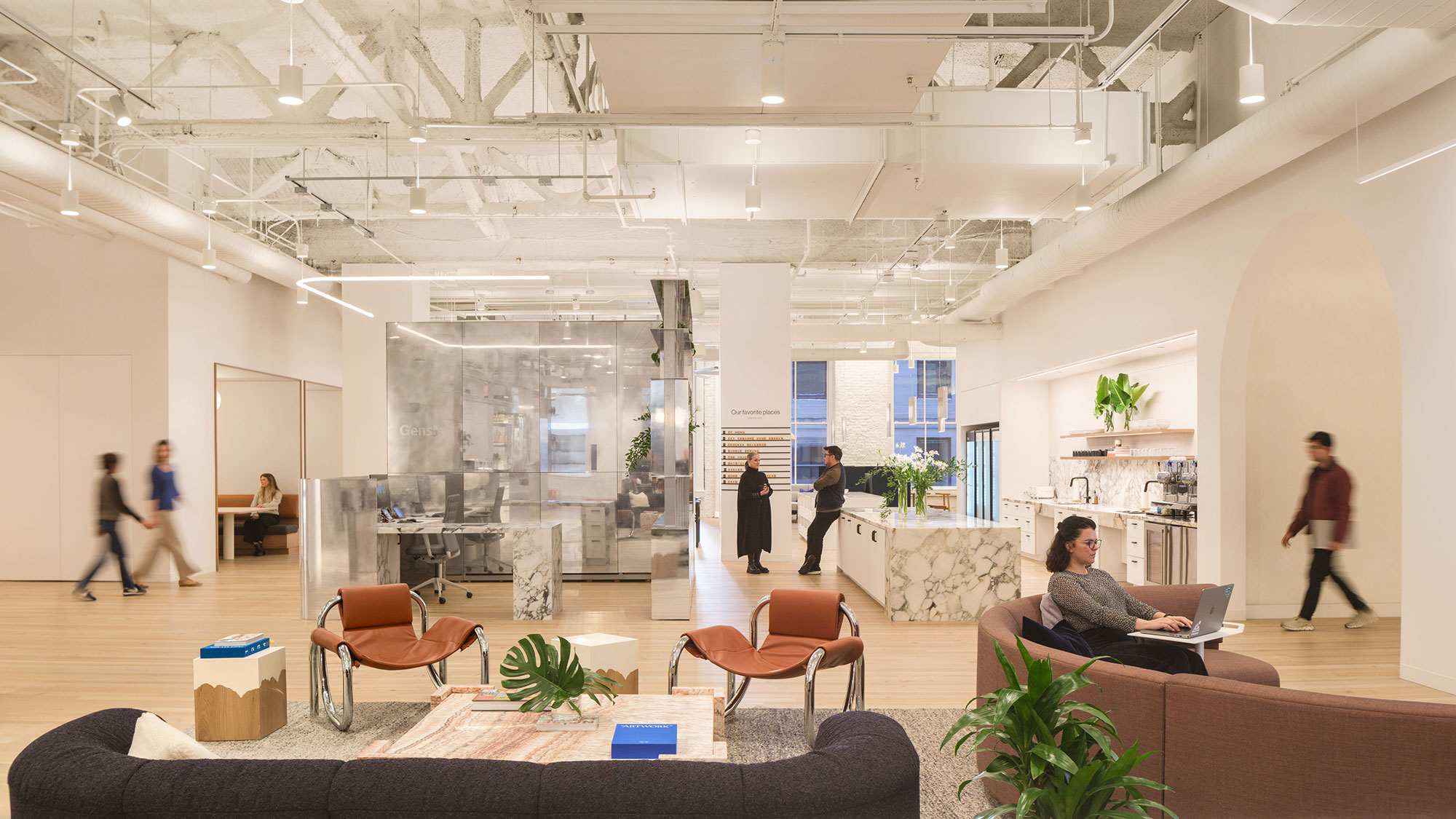
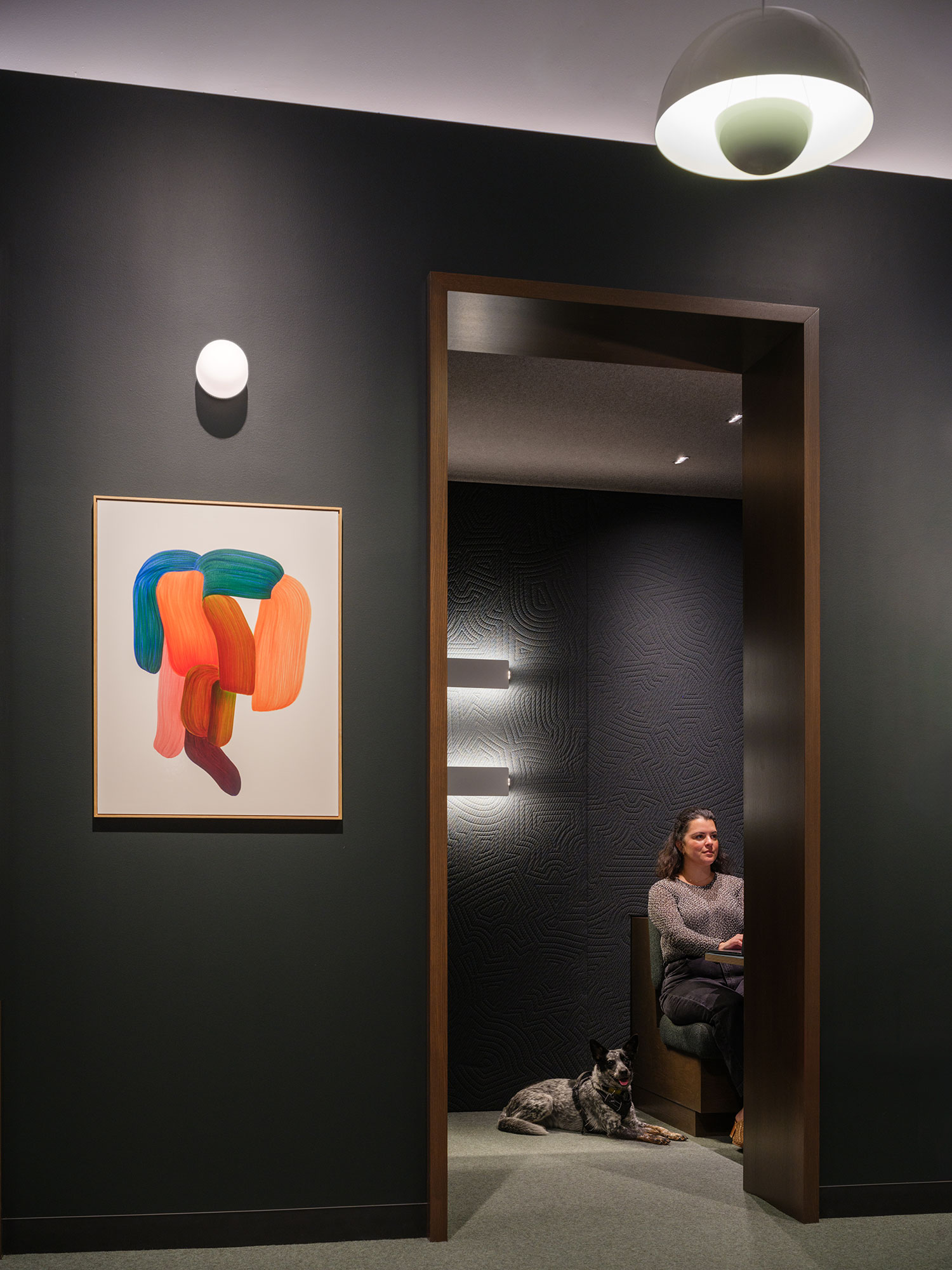
Establishing a Sense of Belonging
One of the goals of workplace design is to create environments and company cultures where employees can engage with others, but also with themselves. Accommodating for these needs ensures employees feel welcome and valued. This is especially important to those who identify as neurodivergent and may have sensitivities to aspects like light and sound.
The Emerson-NI Test & Measurement company recognized this challenge and partnered with Gensler to redesign their campus in Austin, Texas. They implemented a pilot program for their employees to test different space types and eventually embraced a neighborhood-style open office model. The redesign includes a library space to relax or work quietly, along with collaboration areas and small meeting rooms with light dimmers and acoustical controls.
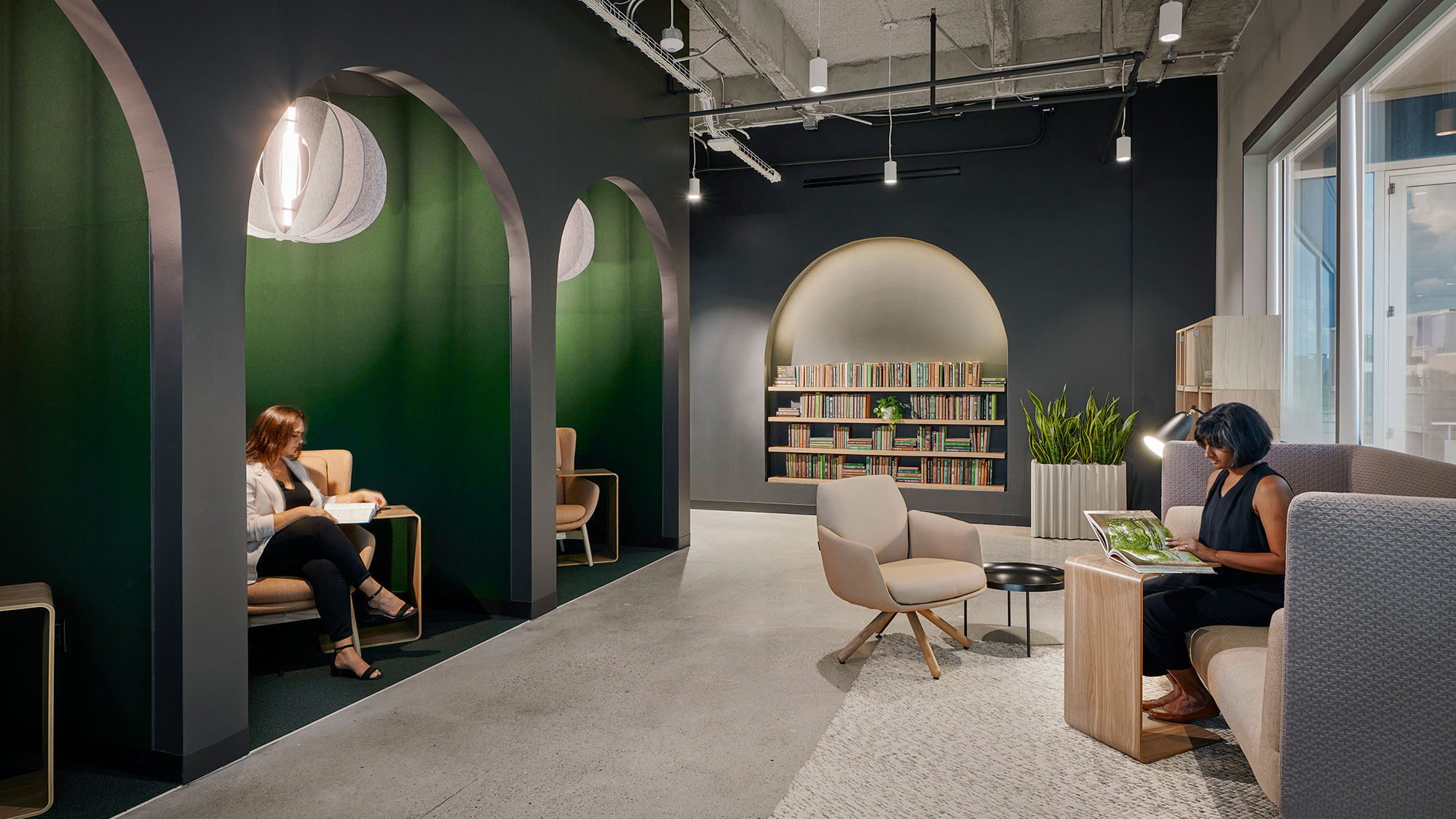
The workplace holds immense potential to be more than just a site of productivity. As we have seen, choice of where to work and spaces for heads-down work and respite are keys to creating healthy workplaces. By prioritizing these principles, organizations can help their employees feel happier and more fulfilled.
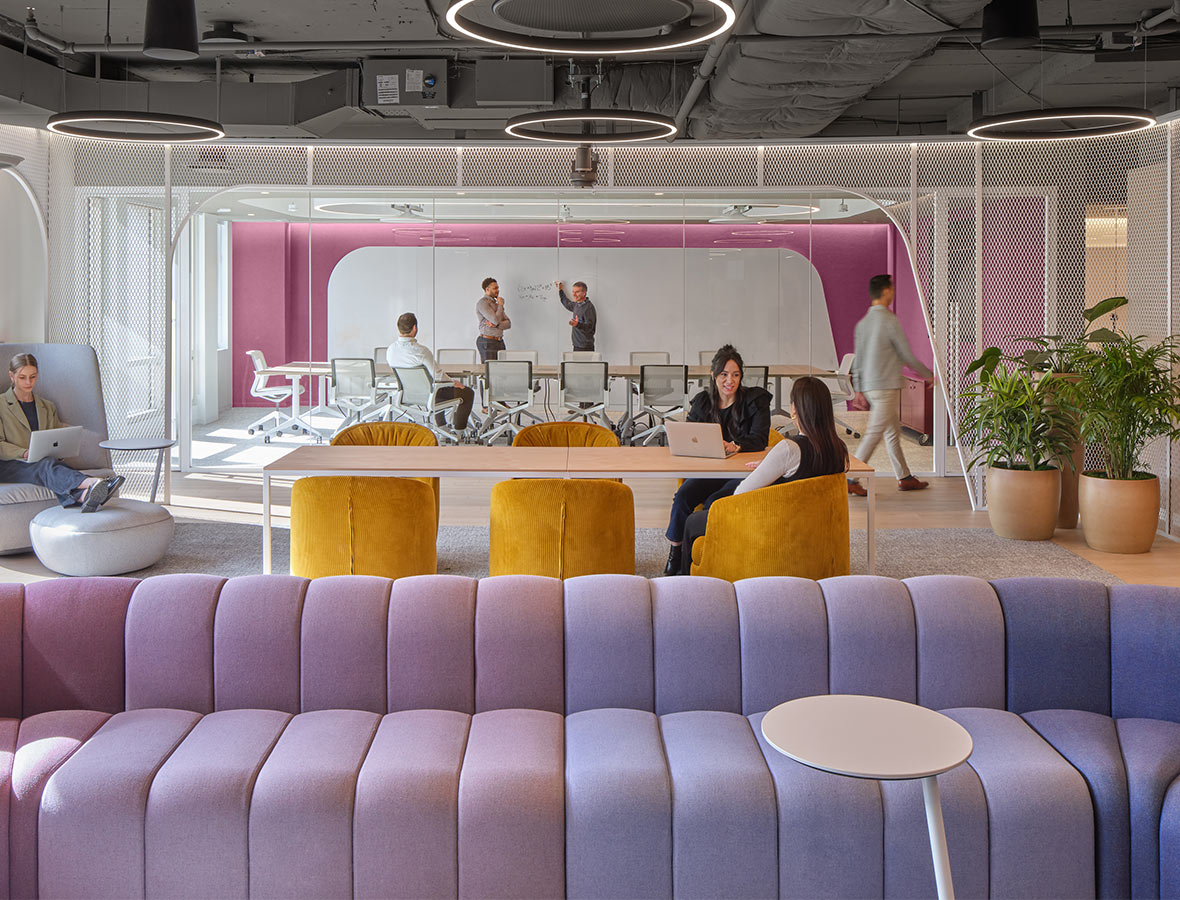
For media inquiries, email .

